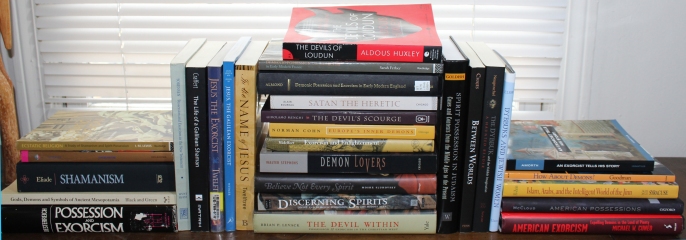For the past year or so I’ve been obsessed with the study of ecstatic religion and the phenomenon of spirit possession in antiquity and beyond. If I had to give a reason for my unwavering interest, it’d probably be two-fold: (1) ecstasy – a type of altered state of consciousness – is present in practically every religion, and (2) historical accounts of spirit induced behavior and exorcism are arguably the most captivating and obscene readings in existence.
It is this last point which I wish to demonstrate in this Halloween post – which probably shouldn’t even be called such since the stories below aren’t even scary. They’re mostly just plain “what the f***.” Though I suppose much of what you’ll encounter, like a description of Satan’s genitalia, is scary in the disturbing sense. But I’ll leave that up to you to decide.
So without further ado, here are just some of the many horrific accounts of spirit possession and obscene behavior I’ve come across in my exhaustive study. Note that these come straight from the secondary sources referenced below.
WARNING: THESE ARE NOT YOUR AVERAGE HALLOWEEN STORIES. IF YOU ARE EASILY OFFENDED GO READ SCARY STORIES BY ALVIN SCHWARTZ; THEY ARE FUN AND NOSTALGIC AND DO NOT INVOLVE SEX, GENITALIA, BODILY FLUIDS, OR INFANT-CANNIBALISM. ACCOMPANIED ARTWORK IS ALSO NSFW.
If you’d like to be fed other interesting nuggets on ecstatic religion and view an organized display of the books I used for research, check out my tumblr page Belly Talkers







